Outside the classroom
Learning outside the classroom is not just about making visits. It is quite simply about the world beyond the classroom whether that is places, historic sites, museums and monuments. Opportunities for engaging children on the school field whether it is building shelters re-enacting events or creating a film or walking around the locality understanding how the landscape has affected or has been affected by people and events in the past.
Sort by:
Date (Newest first) | Title A-Z
Show:
All |
Articles |
Podcasts |
Multipage Articles
-

How a history club can work for you and your pupils
ArticleClick to view -

Learning Outside the Classroom
ArticleClick to view -
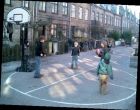
Learning what a place does and what we do for it
ArticleClick to view -

Making the Modern World: The shock of the real at the science museum
ArticleClick to view -
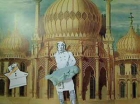
Museums, schools and creativity: How learning can be enhanced
ArticleClick to view -

One of my favourite history places: Bournville
ArticleClick to view -

One of my favourite history places: Mount Fitchet Castle
ArticleClick to view -

Our Iron Age challenge
ArticleClick to view -

Piecing together the puzzle: Some thoughts on historical sites
ArticleClick to view -

Place-names and the National Curriculum for History
ArticleClick to view -
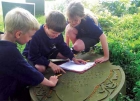
Planning for history and environmental education
ArticleClick to view -
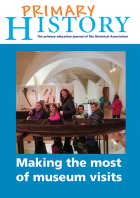
Primary History summer resource 2022: Museum visits
ArticleClick to view -

Questions you have always wanted to ask about... History and archaeology
ArticleClick to view -

Saltaire: Planning for an effective learning experience on a living site
ArticleClick to view -
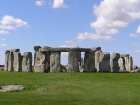
Stone Age to Iron Age - overview and depth
ArticleClick to view -

TREE-mendous history!
ArticleClick to view -
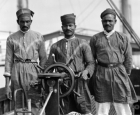
Teaching diversity through drama
ArticleClick to view -

Teaching pre-history outside the classroom
ArticleClick to view -

Teaching the First World War in the primary school
ArticleClick to view -

The History around us: Local history
ArticleClick to view

